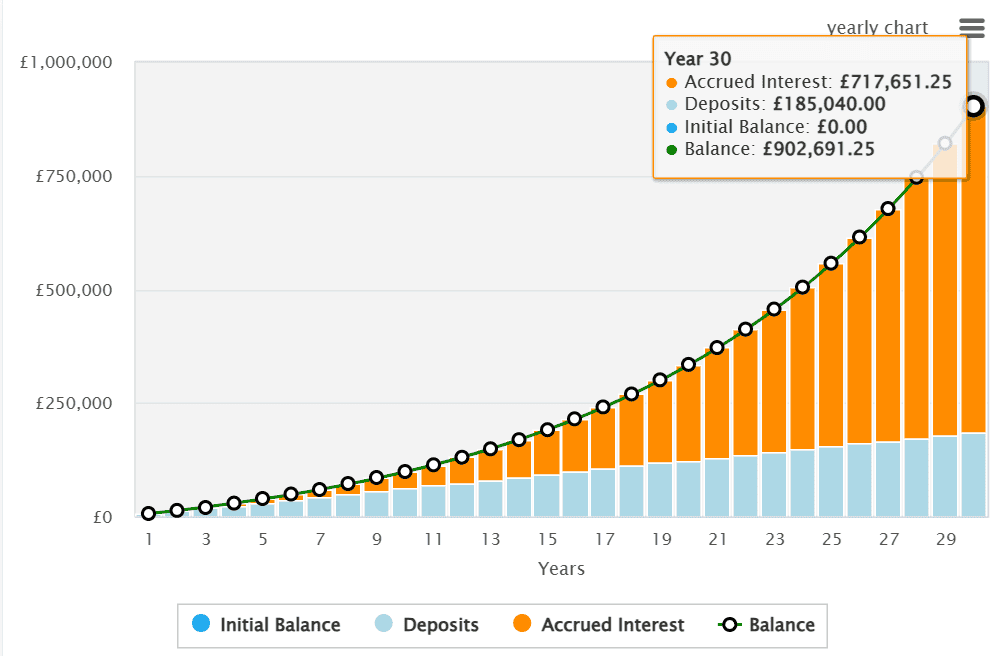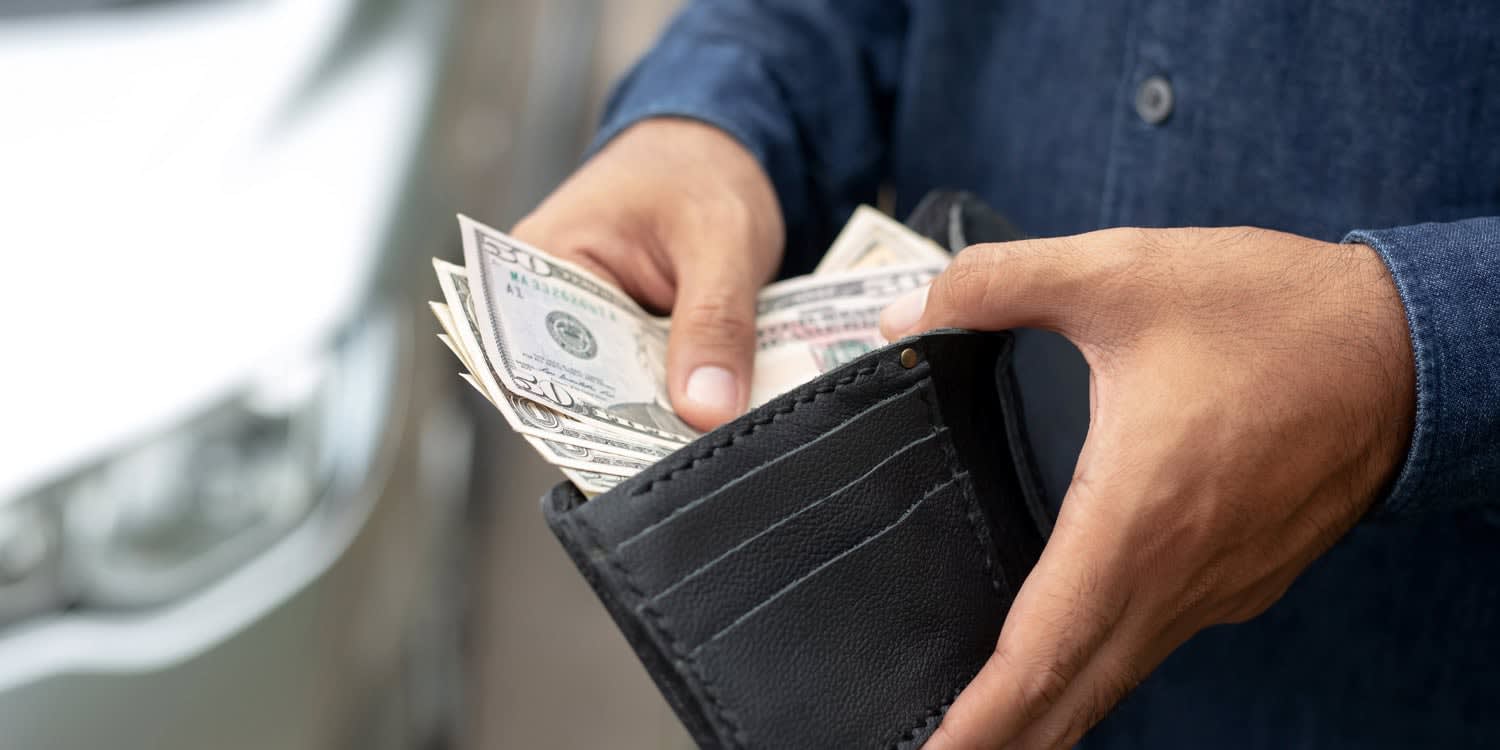
You'll be marking the astonishing milestone of your thirtieth birthday this year.
This may make you feel quite old, but it may also prompt you to reflect on just how much the world has changed since then.
We still have all the receipts for bills we paid back in the 1990s.
page My90sthings.
How expensive were some of your favourite foods, drinks and treats back in the mid-1990s compared to today?
Take a step back thirty years, while gloomily surveying the contents of your 2025 wallet...
*No translation or paraphrasing is necessary, as the request is a single word with no provided text to work with.*
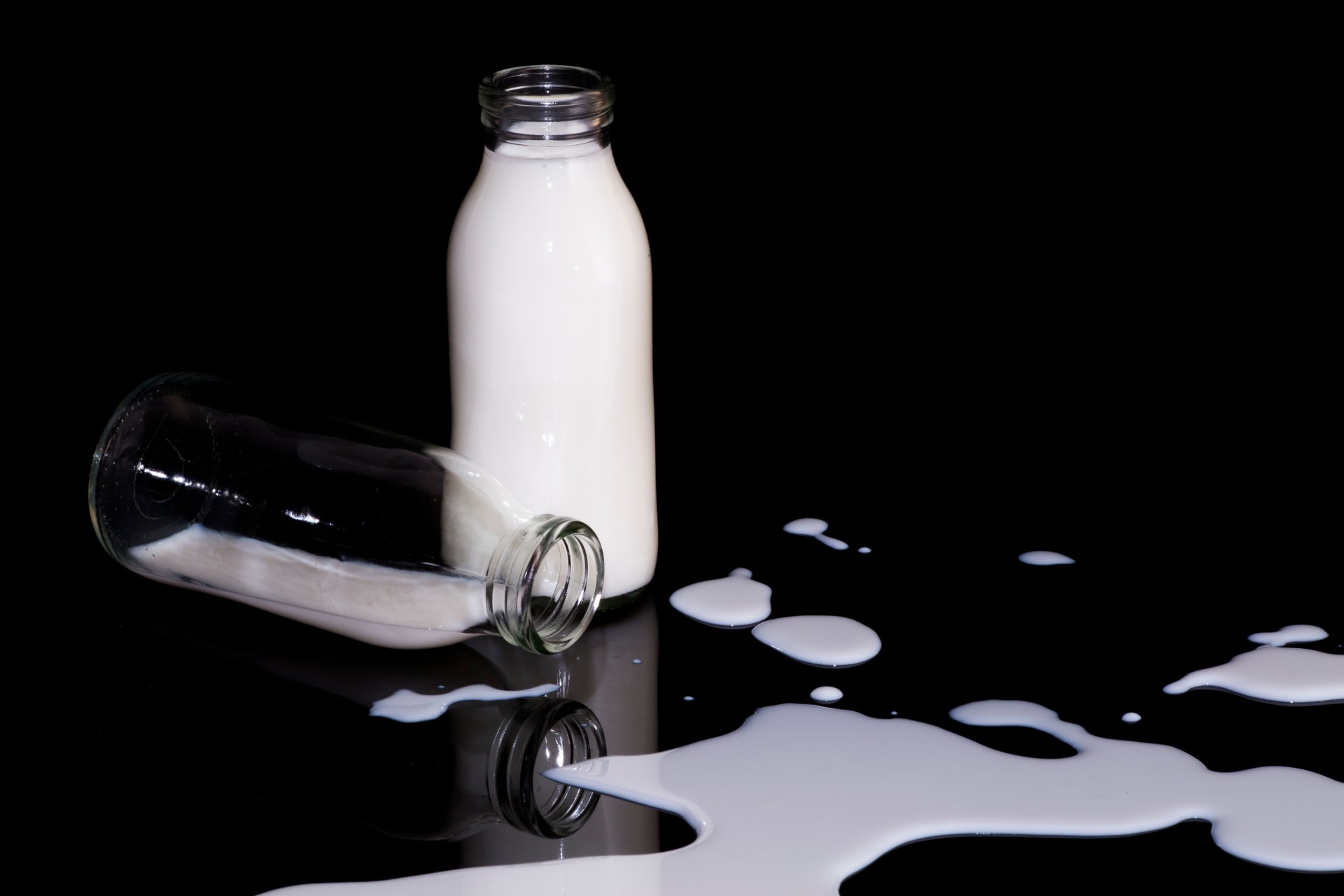
How much is a pint of milk? It might have been a well-known celebrity interview question back in the 1990s, but at that time it wasn't remotely expensive to get hold of some milk for your cup of tea.
In 1995, the average cost of a pint was about 36p, which meant you could get two for just over 70p. Enough to keep your hot drinks topped up for days.
Nowadays, however, a pint of reduced-fat milk has more than doubled in price and costs around 85p at Sainsbury’s. If you go to Waitrose, you'll even have less change from a pound coin, as it will cost 95p.
A pint of beer
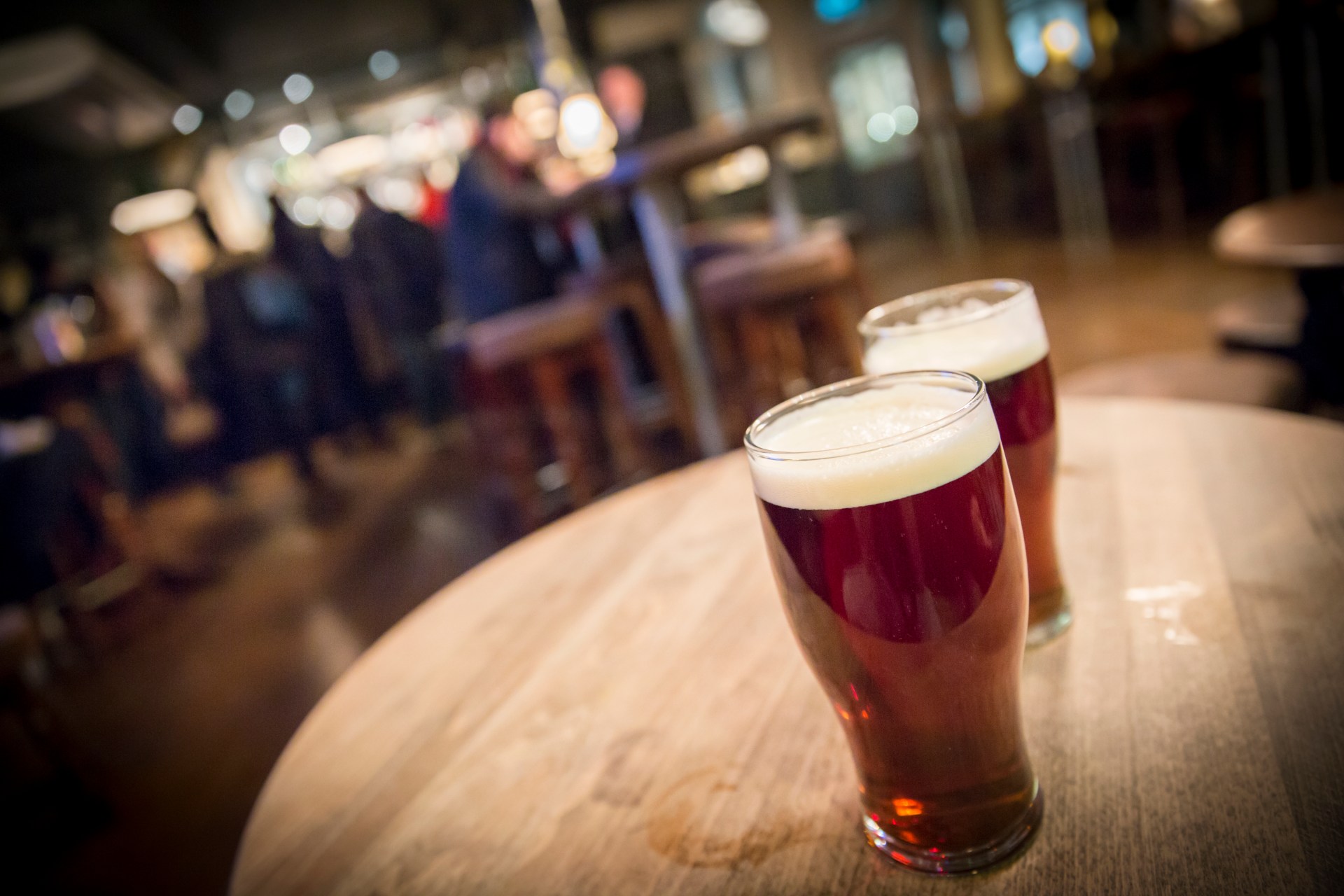
Moving on from a pint of milk, we shift to a pint of something more robust. Visiting the local pub remains as much of a beloved custom in the UK in 2025 as it was in 1995, but at the time, it would have been a much more affordable option.
Thirty years ago, a pint of beer cost on average £1.68. As of November 2024, the Office for National Statistics reveals that the average price of a pint today is approximately £4.81.
This, of course, depends on where you are in the UK. This Is Money reported last year that Gloucester is the cheapest place in the country to enjoy a pint, at a cost of around £3.61 – while in London your after-work tipple could cost you as much as £6.75.
3. A cinema ticket

Going to the cinema was a pretty big deal in 1995, and with such films as Toy Story, Jumanji, and Die Hard With A Vengeance available to watch, it's not hard to see why.
But how much would it have cost you to go and watch all those films at your local theatre instead of waiting for them to be released on DVD?
Well, way back in 1995, you could pay just £3.48 for the chance to watch Buzz Lightyear having a blast onscreen. Nowadays? According to the UK Cinema Association, the average price of a trip to the cinema in the UK is currently £7.92. Again, it's all about where you are in the country - but you could be paying as much as £20 for a ticket at a London cinema - even one in Selfridges.
4. A Mars bar

So you've bought your milk, you've had your pint, you've stopped by the cinema to catch a film and now you pick up a Mars bar to munch on your way home. How much is it costing you? Well, if you'd done this back in 1995, you could have expected to pay just 25p for the pleasure of enjoying the chocolate bar.
These days, if you buy a Mars bar at Tesco, you'll be paying a substantial 85p for just one bar, and even higher in other stores, such as Waitrose, where it costs £1. That's a lot of money for a Mars bar.
5. A dozen eggs
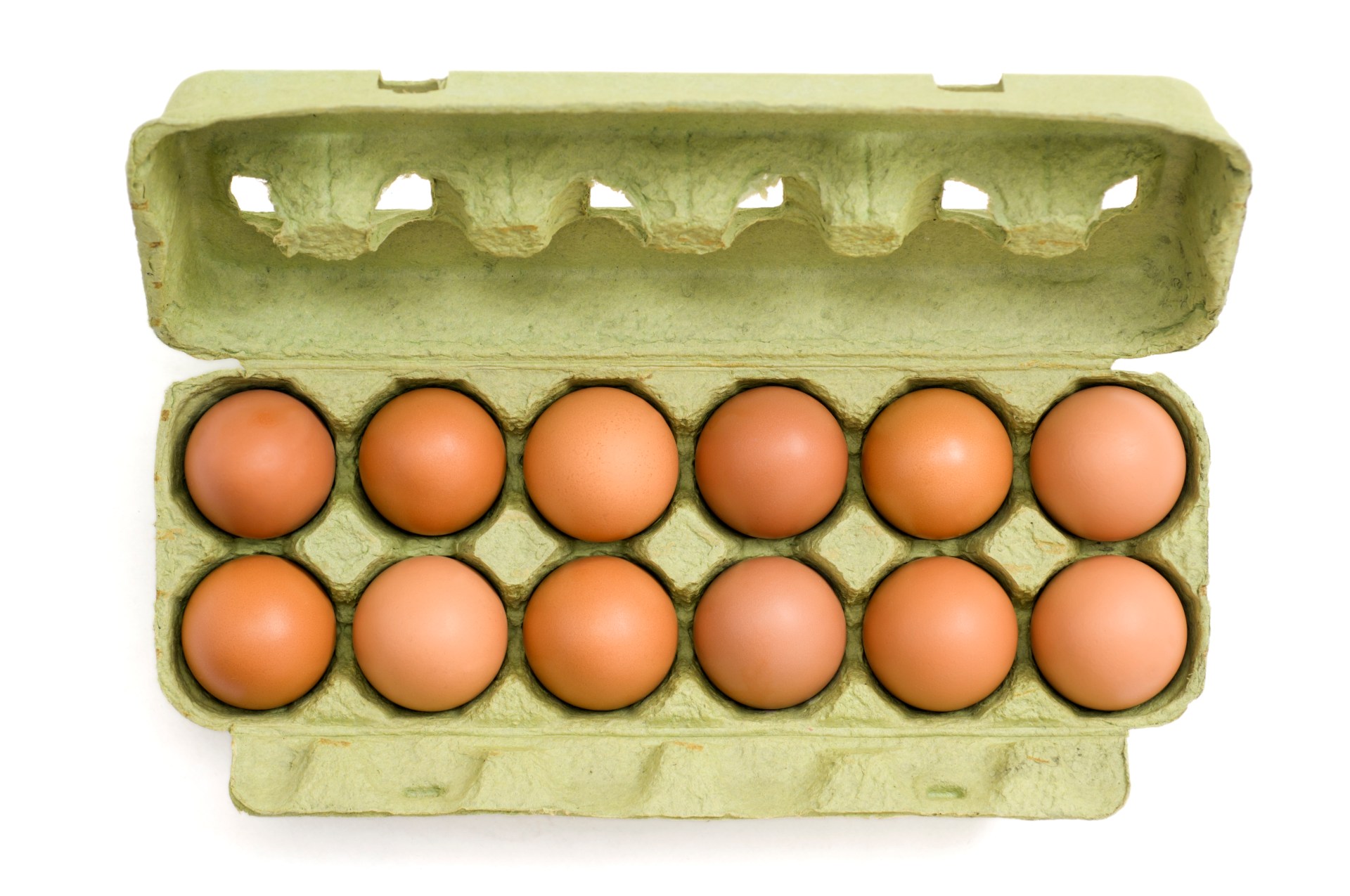
As the old saying goes, you can´t make an omelette without breaking a few eggs – and if you buy a dozen, you´ll end up with a jumbo omelette. But just how much would that huge breakfast have cost you a few decades back?
You could buy a box of 12 for a low – or fairly meagre – 63p. Nowadays? A pack of medium free-range eggs from Tesco will cost you £2.65, and if you want large eggs it’ll set you back an even more expensive £3.15. So much for that affordable weekend brunch.
6. A litre of petrol (no change, as "a litre of petrol" is a straightforward phrase already in UK English)

If you regularly use a car, it's likely you're moaning about fuel costs. In 1995, a litre of petrol was a modest 53p.
According to RAC Fuel Watch, the average cost per litre in the UK is approximately £1.36 for unleaded petrol and £1.41 for diesel. Although these prices are lower than what they were a couple of years ago, refuelling still proves to be a rather expensive proposition.
There's no text provided for me to paraphrase. Please provide the text and I'll be happy to assist.

Hands up everyone who'd love to go and watch every Manchester United home match of the season? Not a single person? Well, if you do want to do that, the easiest way to do so is to invest in a season ticket, of course.
If you were going to Old Trafford in 1995 and wanted to show your support for the title-winning Red Devils, how much would it have cost you? You'd have had to pay £228 for that privilege. Nowadays, Ticket Compare found that the cheapest Manchester United season ticket costs £579 – more than double what you had to pay thirty years ago to see a team not as strong as they were back then. It's still relatively affordable compared to Arsenal, whose cheapest season ticket costs a whopping £1,073.
8. A Pot Noodle
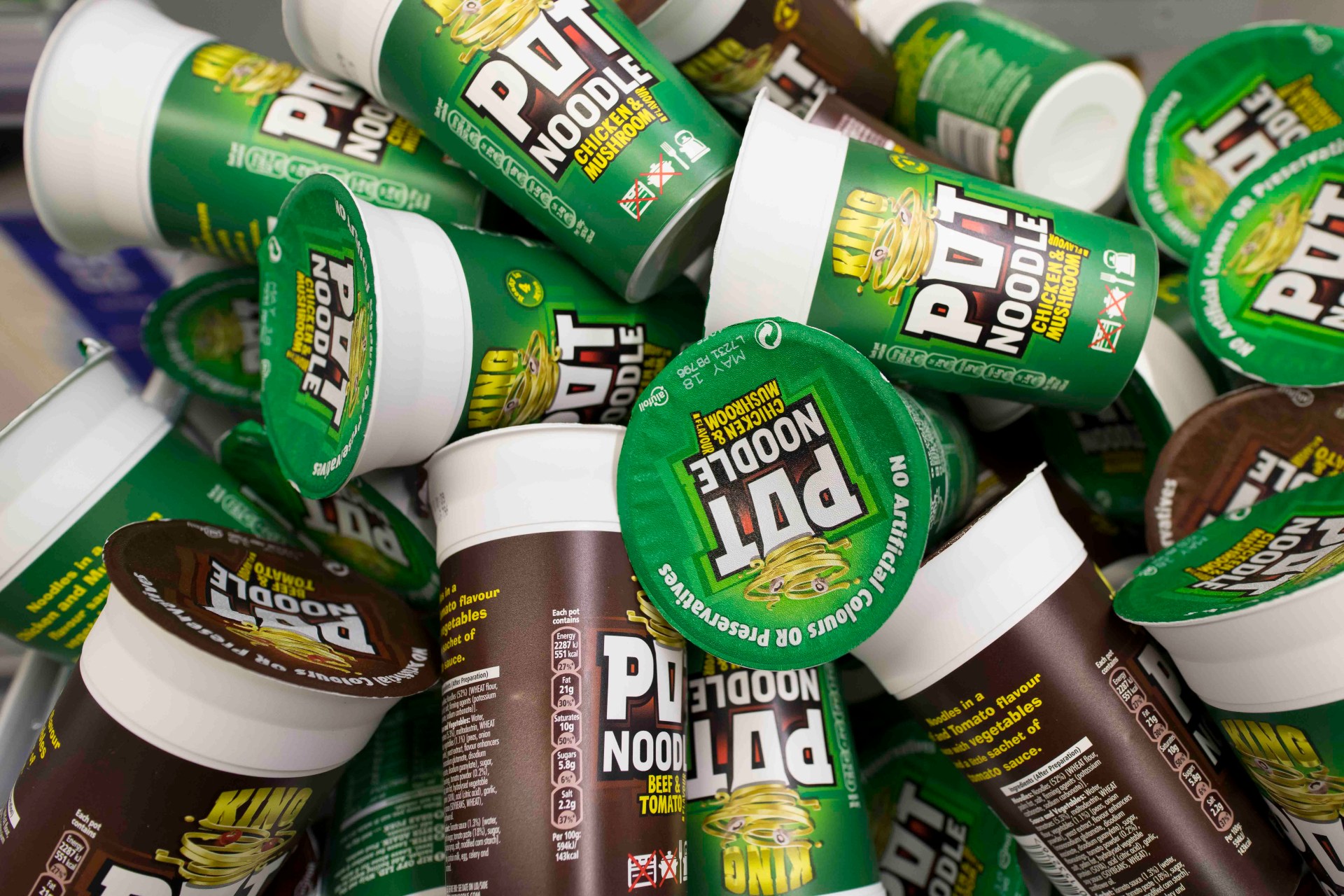
Who doesn't indulge in a Pot Noodle occasionally? In 1995, a Pot Noodle was priced at approximately 67p. Today, you can expect to pay around £1.10 for a standard chicken and mushroom flavour Pot Noodle at both Tesco and Asda.
Prices can fluctuate, but retailers occasionally have promotions that bring the cost as low as it was in 1995, giving you the chance to recapture the feeling of those bygone times.
9. A load of bread
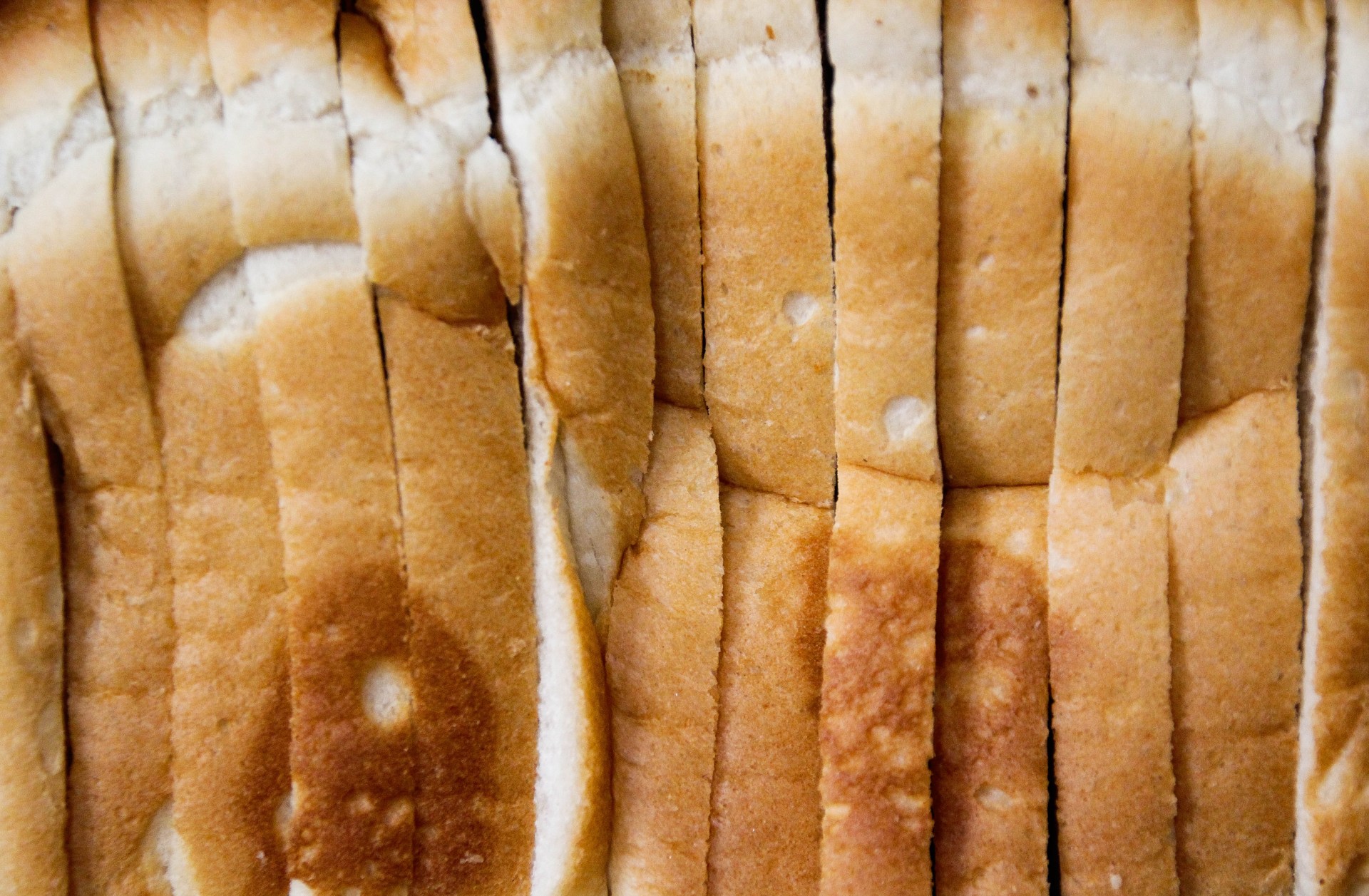
Alright, so you're not in the mood for a Pot Noodle, how about grabbing a sandwich or a slice of toast when you come in from that late night out? At that point, a bread loaf was actually relatively cheap at around 53p on average.
Notably, there is one area where you could potentially end up saving money compared to 1995, depending on which loaf you buy. Tesco's cheapest loaf - HW Nevil's white bread - currently costs 47p, while Sainsbury's equivalent Stanford Street loaf is 50p.
If you fancy something more upmarket than a plain white sandwich loaf, be prepared to pay extra. Tesco's standard white bread costs 74p, while a Warburton's toastie loaf comes in at £1. If you're eyeing up a sourdough loaf, you might need to mortgage your house.
10. Sony PlayStation
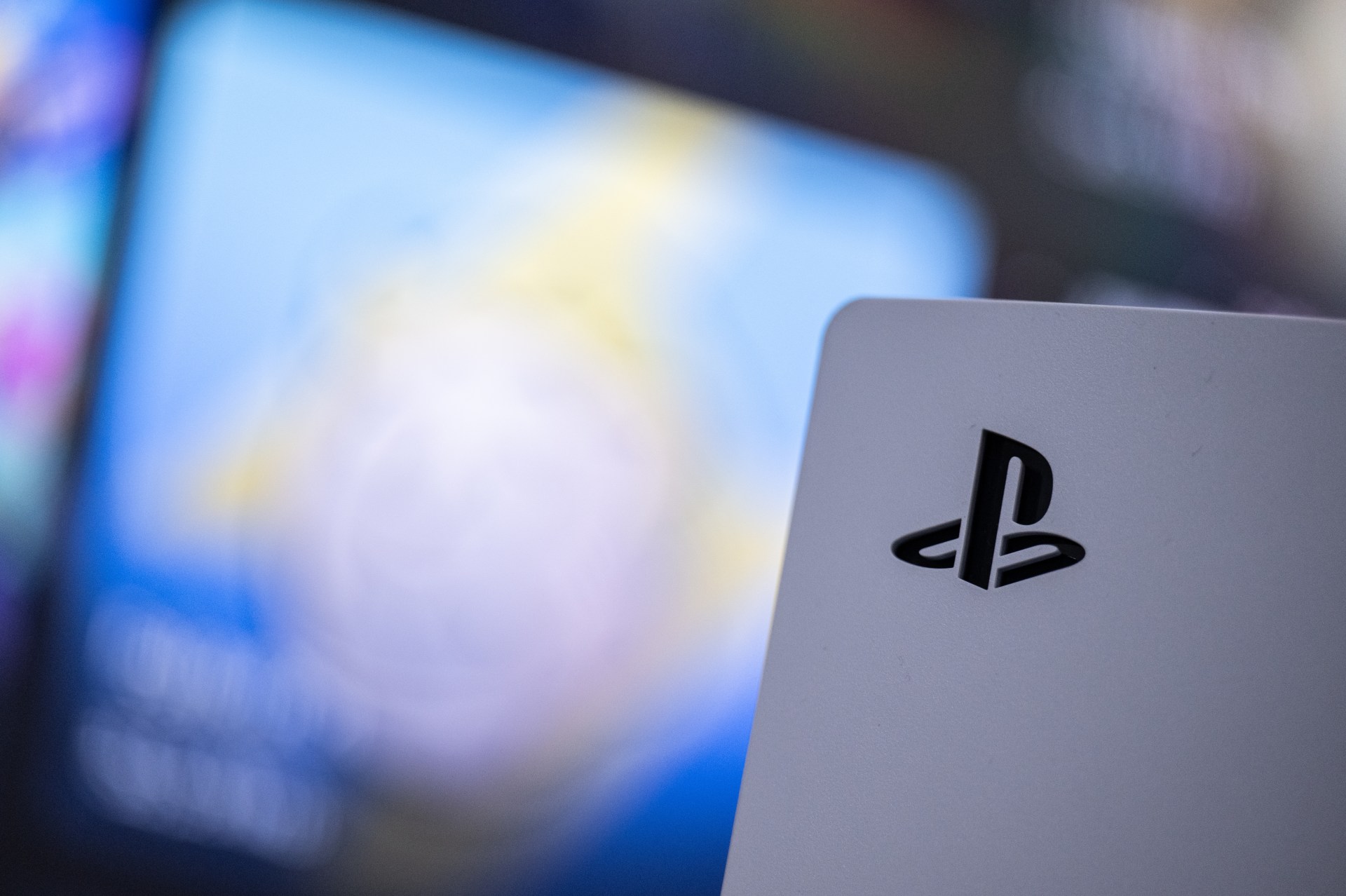
Right, so we understand that the 90s might not have had all the modern technology we're used to today - just imagine, for instance, living in a decade when mobile phones were only used for making phone calls. But one major thing that did emerge to take our minds off things last decade was the Sony PlayStation.
The original PlayStation was first released in Japan in 1994 and arrived in Europe in September 1995, with a price tag of around £200. Fast forward to the present day, when you can expect to pay anywhere from £390 to under £500 for a brand new PS5, depending on the model and whether it comes with any games.
11. Fish and chips
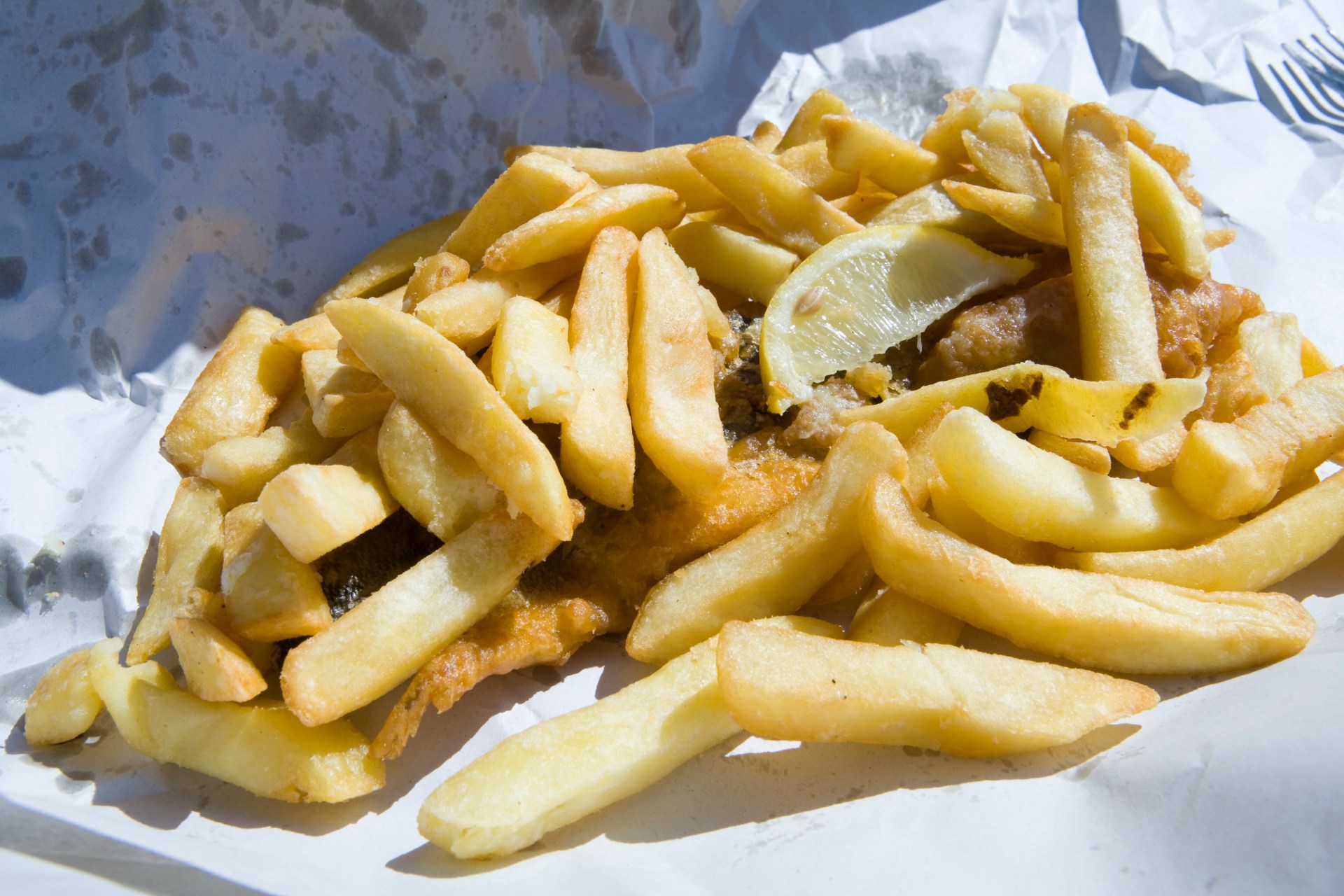
Ah, fish and chips. No matter where you reside in the country, you can't help but come across this quintessentially British favourite. My 90s things reckons a takeaway service on a Friday evening would have cost you a mere £1.68 in 1995. Fast forward thirty years and, according to the Office for National Statistics, the average price of your fish supper in 2024 was approximately £9.88.
In some areas, the price can be even higher. For instance, well-known fish and chip shops like Poppies in London charge £22.95 for a large cod or haddock with chips. We cannot verify the prices at every chip shop nationwide, but it is clear that the cost differs depending on where you are. You should expect to pay considerably more than £1.68.
12. A house

With so many people finding it tough to get onto the property ladder these days, it's reasonable to say that the cost of owning a home has risen dramatically over the past few decades – but what did it cost back in 1995? Well, you could have purchased your own home for an average price of £55,762, which may seem like a reasonable price, but it's also worth noting that the average wage was lower, so owning a property wasn't within everyone's reach even back then.
Now? Zoopla stated in November that the average price of a home in the UK is £267,500 – and obviously, it's subject to what kind of property you purchase and where you reside. Zoopla also disclosed that the average property price in London is a genuinely astronomic £537,500. Ouch.
What was the mean salary in 1995?
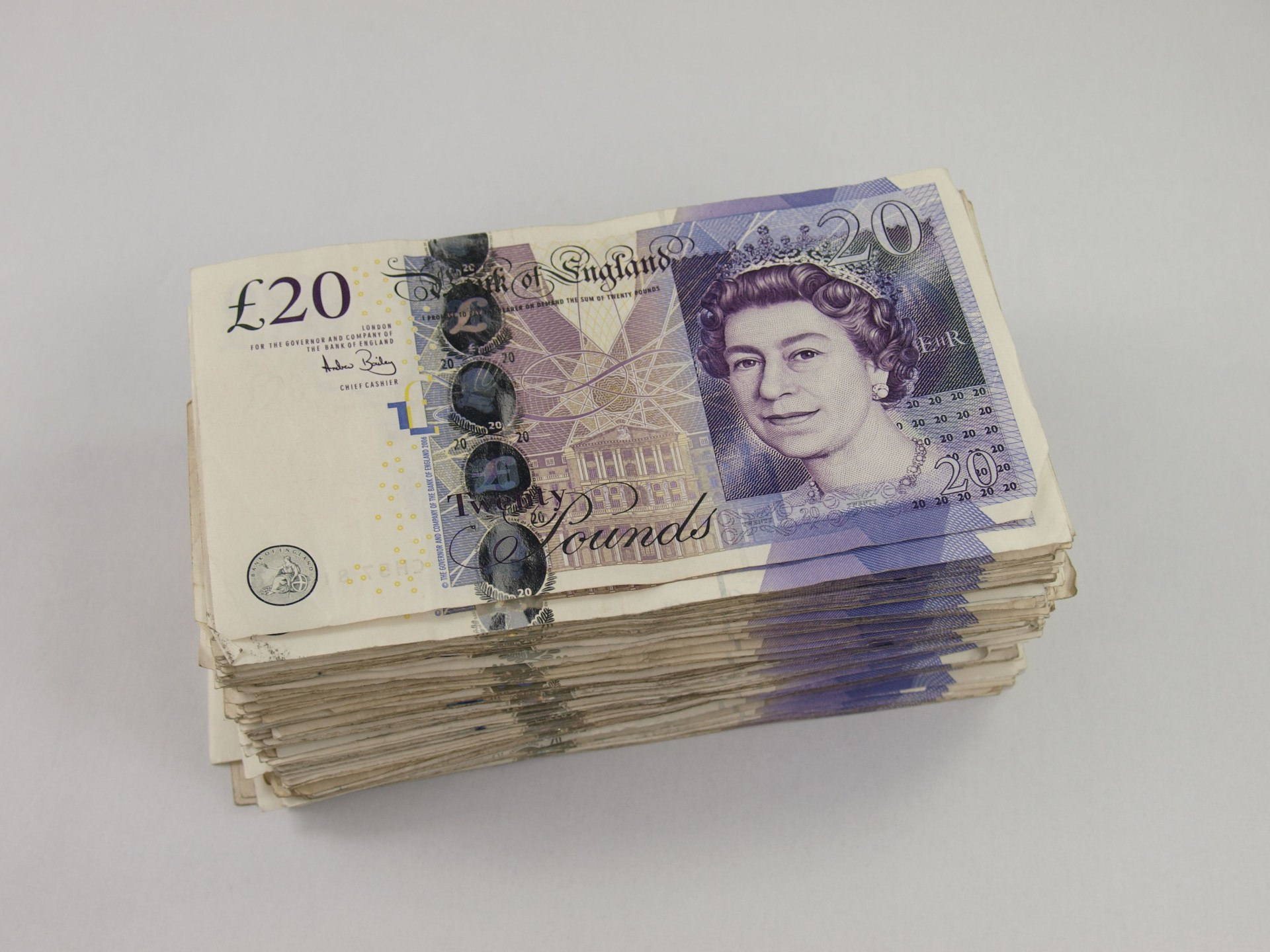
So, you're probably still trying to digest the costs from 1995 and might be pinching yourself, hoping the Mars bar prices were about to fall. But, if you look back, how much was the average weekly wage in 1995?
A full-time male worker aged 30-39 would typically earn around £389.70 per week, whereas a full-time female worker of the same age would typically earn approximately £306.50 per week, according to data from the Office for National Statistics.
By 2024, the typical weekly earnings in the UK stood at around £728. It's worth bearing in mind that, despite prices being lower, the amount we had to spend on them was significantly less.
Do you have a story to share?
.
Sign up to Hello News's The Slice newsletter for your guide to what's happening in London, with trusted reviews, deals and competitions.

